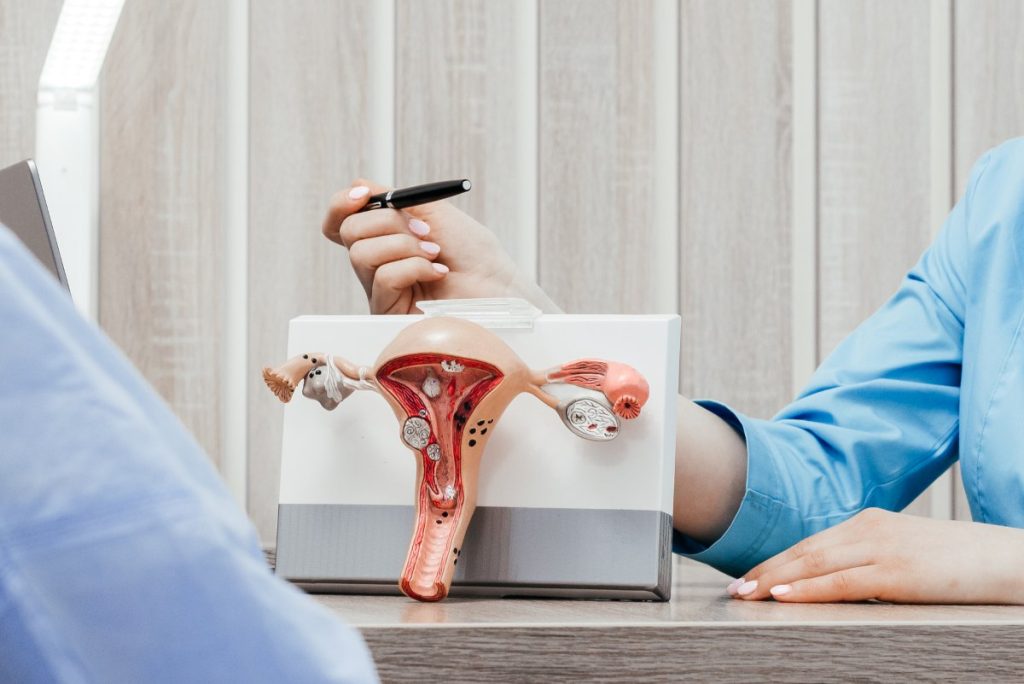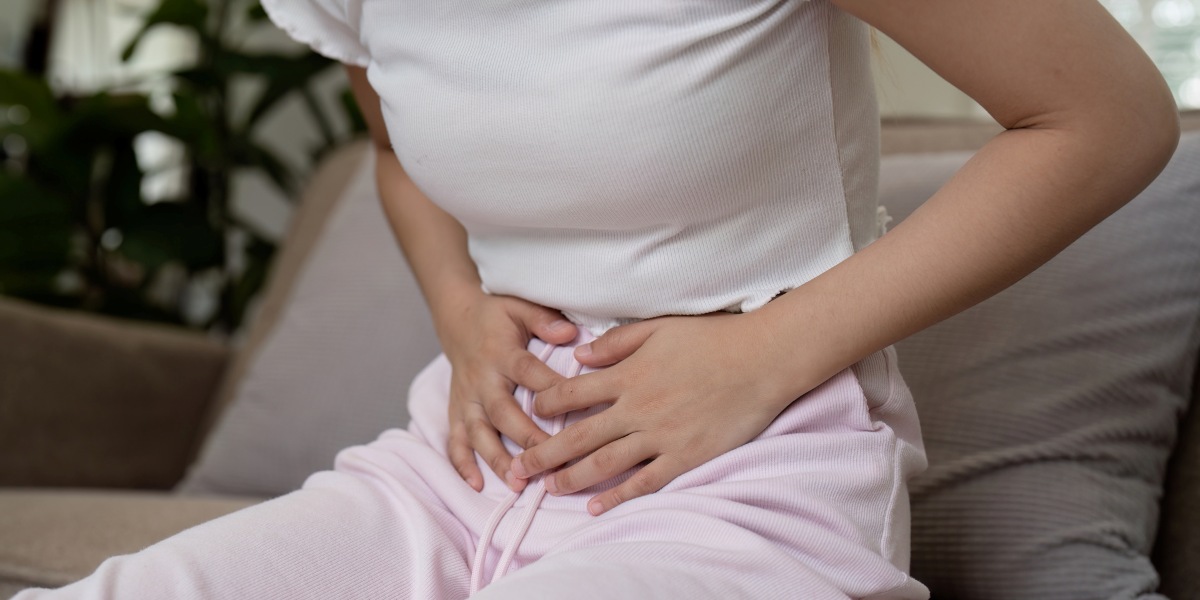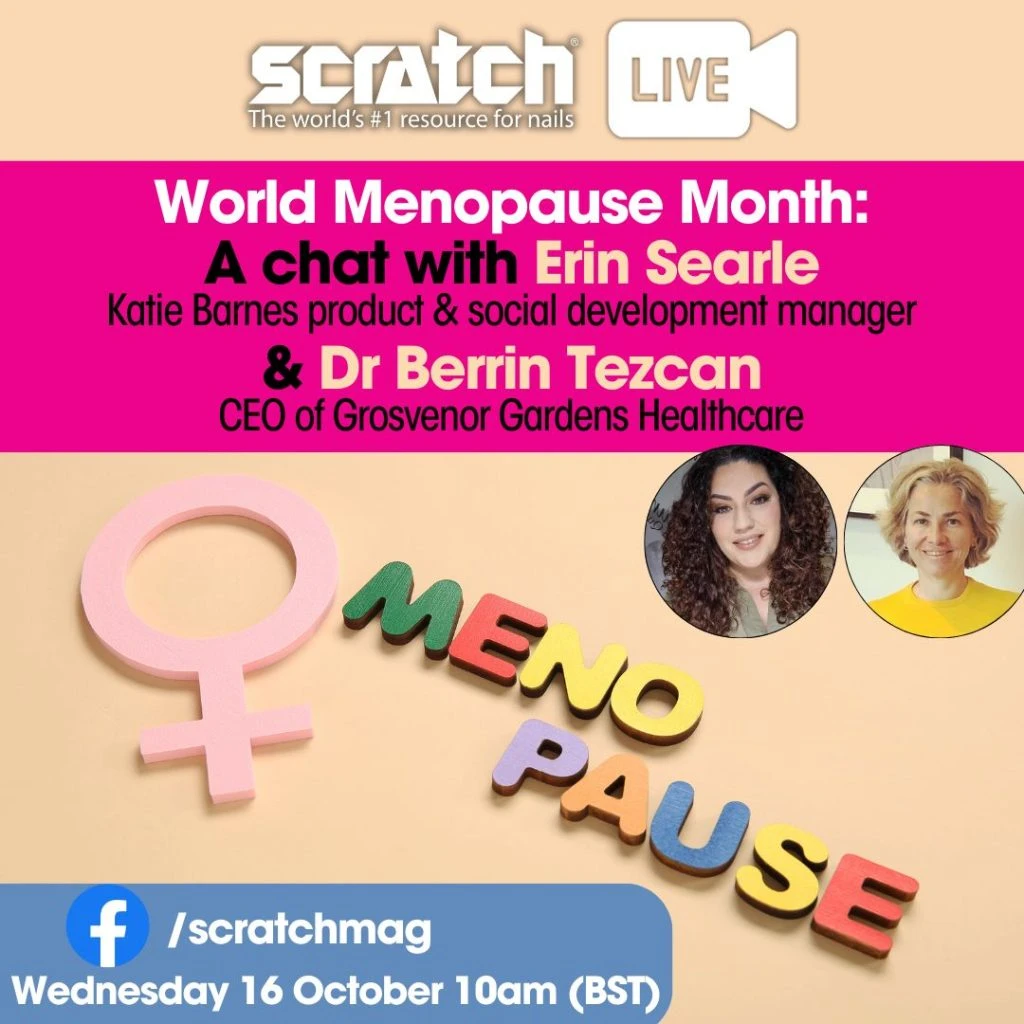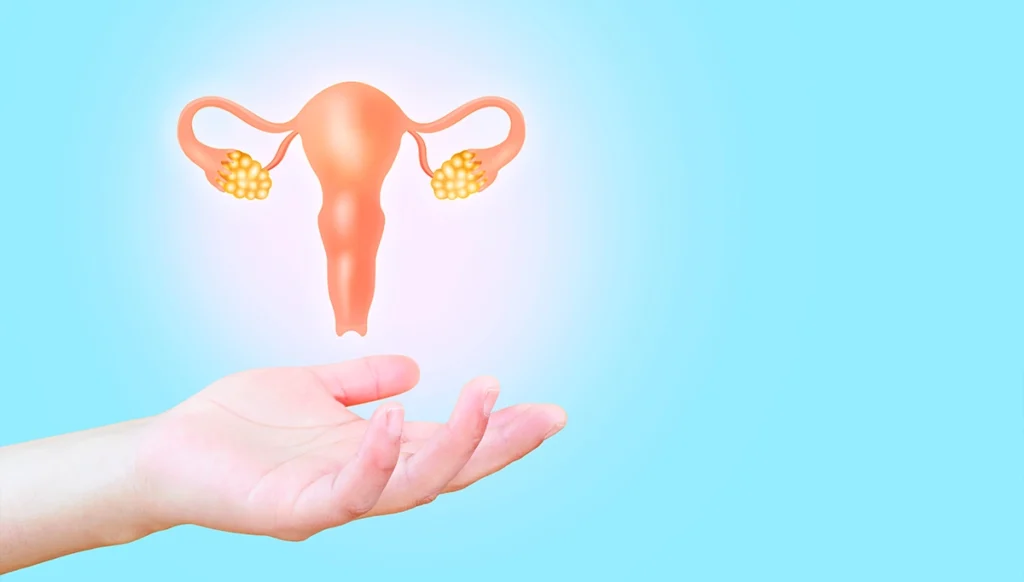If you’ve ever doubled over in pain during your period, clutching a hot water bottle like it’s your lifeline, you’re certainly not alone. Dysmenorrhea – the medical term for painful periods – affects roughly 80% of women at some point in their lives, yet it remains one of those topics that’s often brushed aside with a casual “that’s just part of being a woman.”
But here’s the thing: whilst some discomfort during menstruation is normal, severe pain that disrupts your daily life absolutely isn’t something you should have to endure in silence.
What Is Dysmenorrhea?
Dysmenorrhea simply means painful menstruation, derived from the Greek words “dys” (difficult), “meno” (month), and “rrhea” (flow). The dysmenorrhea meaning encompasses more than just a bit of cramping – we’re talking about pain that can range from nagging discomfort to debilitating agony that leaves you bedridden.
Medical professionals classify dysmenorrhea into two distinct categories. Primary dysmenorrhea occurs when there’s no underlying medical condition causing the pain; it’s essentially your uterus being a bit too enthusiastic about contracting during menstruation. Secondary dysmenorrhea, on the other hand, results from an underlying reproductive health condition such as endometriosis or fibroids.
Understanding Primary Dysmenorrhea
Primary dysmenorrhea typically begins within a year or two of your first period and tends to improve with age, particularly after childbirth. The pain usually starts just before or at the onset of menstruation and lasts for one to three days.
What causes this type of pain? During your period, your uterus contracts to help shed its lining. These contractions are triggered by hormone-like substances called prostaglandins – and women with severe menstrual pain often have higher levels of these compounds. Think of prostaglandins as overzealous messengers that tell your uterus to contract more forcefully than necessary, reducing blood flow to the muscle and creating that familiar cramping sensation.
The pain typically centres around your lower abdomen and pelvis, but it can radiate to your lower back and thighs. You might also experience nausea, vomiting, diarrhoea, or headaches alongside the cramping.
Secondary Dysmenorrhea: When There’s More to the Story
Secondary dysmenorrhea usually develops later in life and often worsens over time rather than improving. The pain may begin earlier in your cycle and last longer than typical period pain.
Several conditions can cause secondary dysmenorrhea:
Endometriosis occurs when tissue similar to your uterine lining grows outside the uterus. This tissue still responds to hormonal changes during your cycle, causing inflammation and severe pain.
Adenomyosis happens when the uterine lining grows into the muscle wall of the uterus, creating painful, heavy periods.
Uterine fibroids are non-cancerous growths in the uterus that can cause increased menstrual pain and heavy bleeding.
Pelvic inflammatory disease (PID) is an infection of the reproductive organs that can cause ongoing pelvic pain.
The Connection Between Emotional Symptoms and Physical Pain
Interestingly, understanding how PMS relates to painful periods can provide valuable insights into managing your symptoms. The hormonal fluctuations that contribute to dysmenorrhea often overlap with those responsible for premenstrual syndrome, creating a complex web of physical and emotional symptoms that can compound each other.
Treatment Options That Actually Work

The good news? You don’t have to suffer through painful periods every month. Several effective treatment approaches can significantly reduce your symptoms.
Over-the-counter pain relief often provides the first line of defence. NSAIDs (non-steroidal anti-inflammatory drugs) like ibuprofen are particularly effective because they reduce prostaglandin production. Taking them at the first sign of pain – or even the day before your period starts – tends to work better than waiting until the pain becomes severe.
Heat therapy remains a time-tested favourite for good reason. Whether it’s a hot water bottle, heating pad, or warm bath, heat helps relax the uterine muscles and increase blood flow to the area.
Hormonal contraceptives can be incredibly effective for primary dysmenorrhea. The combined pill, patch, or ring can regulate hormonal fluctuations and reduce the severity of contractions. The Mirena coil is another option that often dramatically reduces both pain and bleeding.
Lifestyle modifications shouldn’t be underestimated. Regular exercise, particularly aerobic activities, can help reduce the severity of menstrual pain. A balanced diet rich in calcium, magnesium, and vitamin B6 may also help, whilst limiting caffeine and alcohol during your cycle could reduce inflammation.
When to Seek Professional Help
Whilst some period pain is normal, certain red flags warrant medical attention. You should consult a healthcare provider if your pain severely impacts your daily activities, gradually worsens over time, or doesn’t respond to over-the-counter treatments.
Additionally, if you experience pain outside your menstrual period, very heavy bleeding, fever alongside pelvic pain, or pain during intercourse, these symptoms could indicate an underlying condition requiring investigation.
For women experiencing persistent or severe dysmenorrhea, we at GG Healthcare offer comprehensive care for women of all ages, ensuring you receive thorough evaluation and personalised treatment options tailored to your specific needs.
Moving Forward
Remember, painful periods aren’t a rite of passage you must endure silently. With proper understanding and appropriate treatment, most women can achieve significant relief from dysmenorrhea symptoms. Whether your pain stems from normal uterine contractions or an underlying condition, effective solutions exist – you just need to find the right approach for your situation.
Don’t let period pain control your life; take the first step towards reclaiming your comfort and wellbeing by speaking with a healthcare professional about your symptoms.








